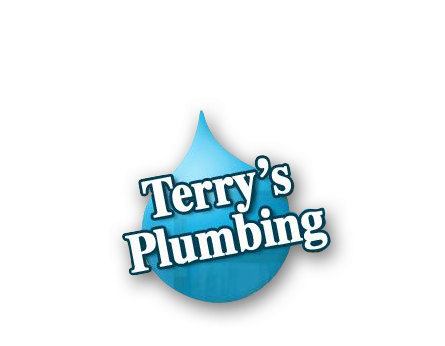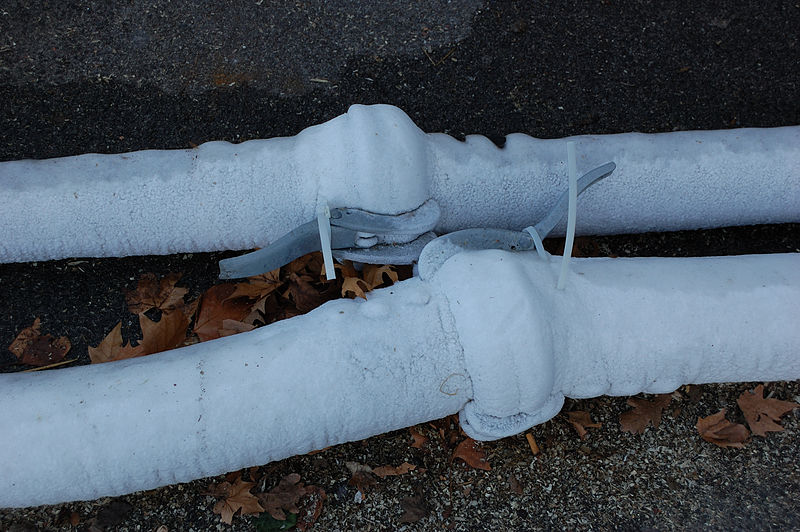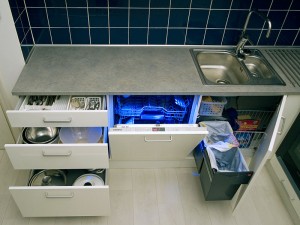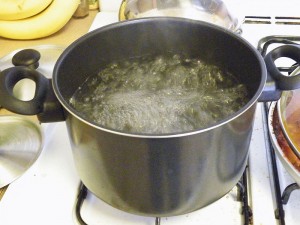 (412) 364-9114
(412) 364-9114

Frigid winter weather can be a real doozy on the pipes in your home. Freezing temperatures can cause your pipes to freeze and sometimes even rupture, preventing water flow from the fixtures in your house. There are many preventative measures that help fight against frozen pipes. But if you’re like most people, you doubted that this kind of problem would happen to you. So don’t fret, this hassle can be dealt with calmly as long as you know what to do. If you find yourself with no running water on a cold winter day, I hate to break it to you but your pipes are most likely frozen. So what do you do now that you discovered your pipes are frozen? Consider trying these at home remedies to thaw your pipes.
Sinks, shower, bathtub, etc. Make sure you turn on the hot water line. If there are separate faucets for both hot and cold lines, turn on both. If only one faucet isn’t working then you only have to worry about the pipe connecting to that one fixture. If all or most of your faucets aren’t running then you have a larger problem on your hands.

Open any cabinets that block off the water pipes. Closed cabinets partially prevent the heat from your house from reaching the pipes. Opening the cabinets should help to thaw out frozen pipes. Turn up the temperature in your house as well in order to create more heat circulation.

An effective and relatively quick way to thaw frozen pipes is to use hot water. Obviously, this remedy is only possible if you have any spare bottles of water in your home. Boil the water and securely wrap a heavy towel around the frozen pipes that you’re targeting. Slowly and carefully pour the hot water over the towel-wrapped pipes. Use a bucket underneath to catch the runoff water.
Some other heating options used to thaw pipes include but aren’t limited to, a blow-dryer and/or a heat lamp. Both of these methods are effective but much slower. A heat-lamp can be set up and left unattended for a while. A blow-dryer must be manually operated and could possibly take hours to completely thaw out all your pipes.
Using a blow-torch is another way to thaw your pipes, but it is very dangerous. You will need a propane torch with a flame-spreader nozzle. A torch is extremely dangerous because of the risk of igniting the wall or other flammable interior objects surrounding the pipes. You will definitely need fireproof material to protect your walls if you decide to use a torch. Move the flame quickly but carefully over the pipe, not holding it in one place for too long. NEVER use a propane torch on pipes made of plastic. The use of a torch not only poses a risk to your home, but to yourself as well. Be EXTREMELY CAUTIOUS when using a propane torch to thaw frozen pipes.
If none of these thawing remedies seem to work, you may have a pipe that burst from the cold. In this case it is in your best interest to call your local plumber. Ruptured pipes are harder to repair and if they are not caught soon enough, they can potentially cause damaging leaks in your home.